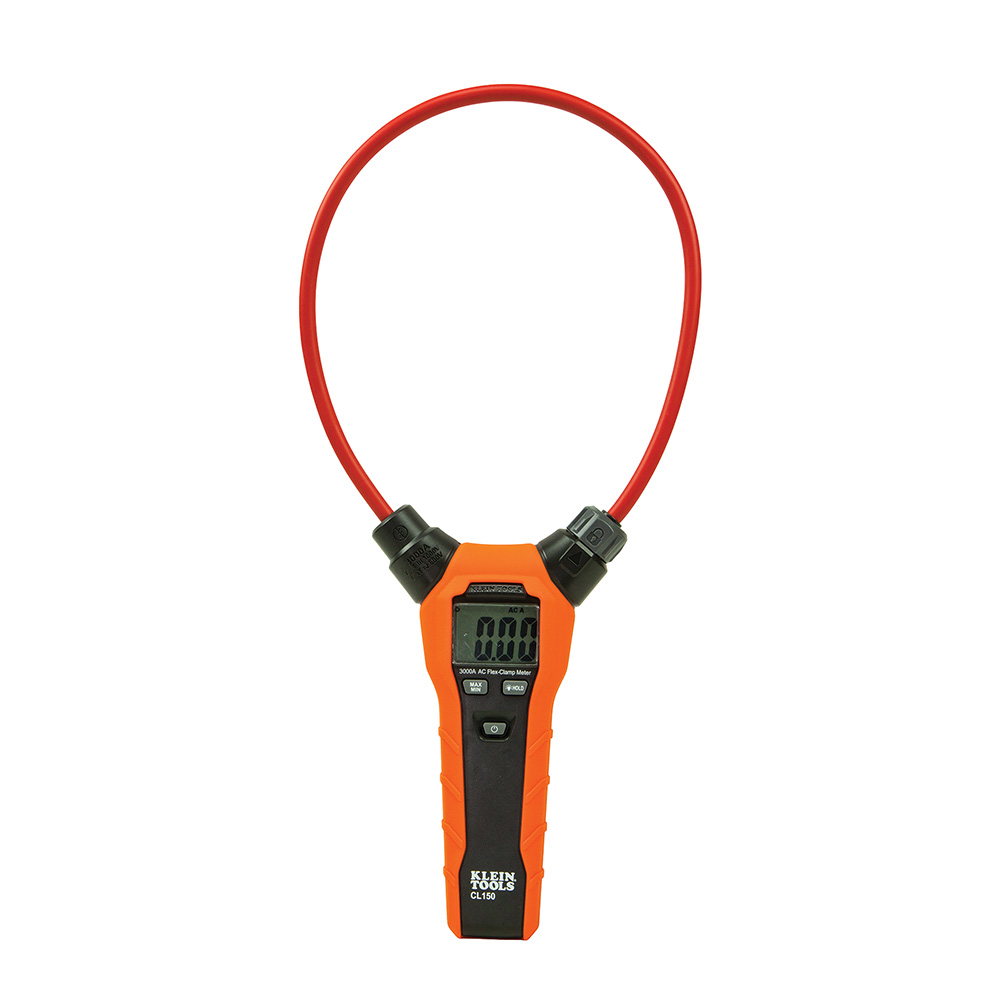Bro8898
Member
- Location
- Birmingham, AL
- Occupation
- Master Plumber
Thank you so much Jonathan. You have been a blessing. Along with the other members of the forum. I can’t tell you how much I appreciate the time and thought you put into informing me and teaching me. I feel much more confident although it took years to gain some of these basic concepts. I’ll give you my word I will use this information for good purposes.
If you ever have any plumbing questions or need any code references I feel like I can help you in that area. And hopefully return the favor somehow. I am sincerely grateful for your teaching and guidance.
If you ever have any plumbing questions or need any code references I feel like I can help you in that area. And hopefully return the favor somehow. I am sincerely grateful for your teaching and guidance.


